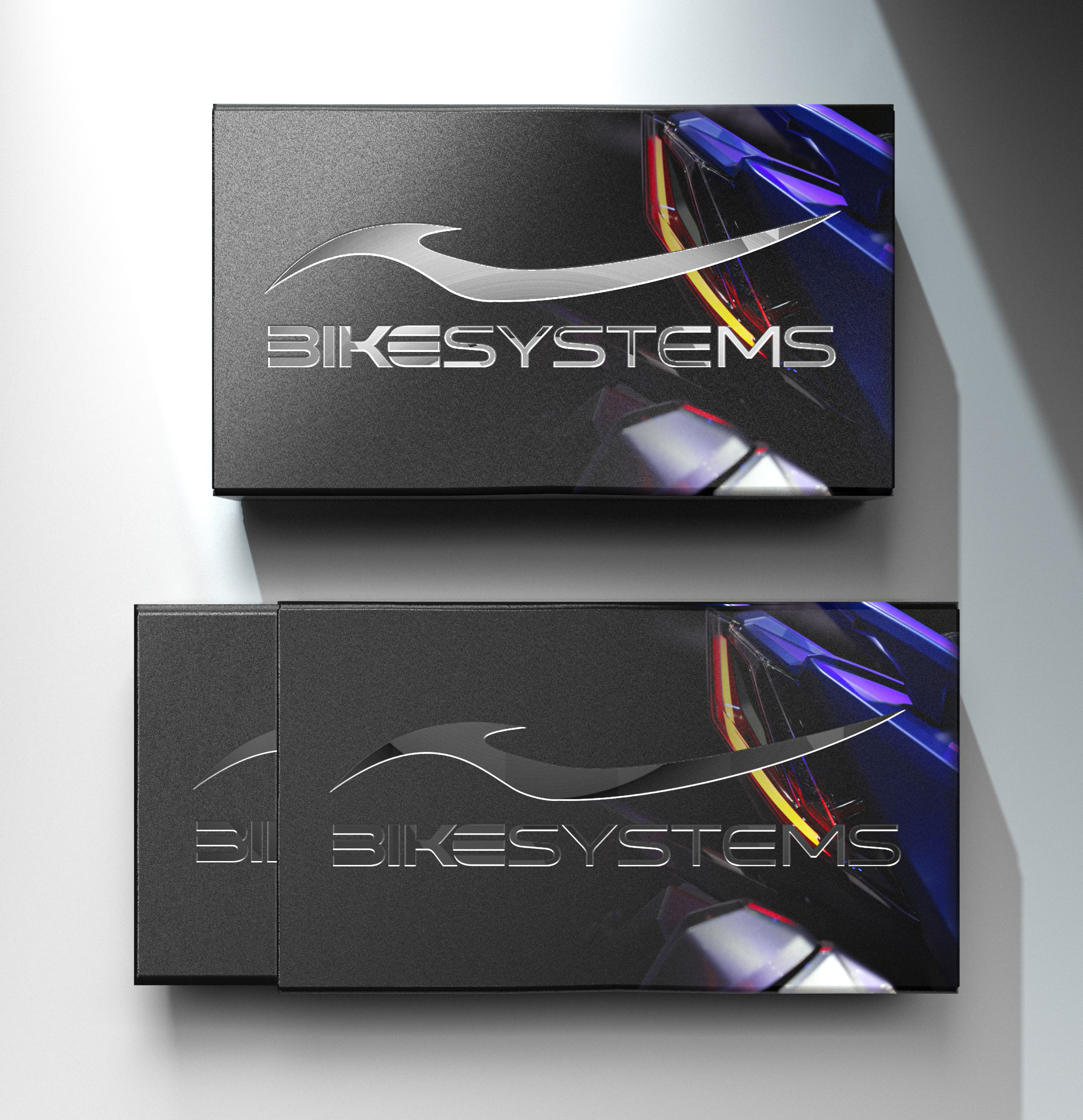A Proven Framework for Delivering New Product Ideas: A Guide for Innovators

Understanding New Product Development
New Product Development (NPD) is a critical process for companies aiming to introduce new or improved products to stay competitive by meeting evolving customer needs and market demands. It involves various stages, a product design consultancy will go from idea generation to commercialisation, and it’s crucial for businesses to keep innovating to meet evolving market demands and customer expectations.
Table of Contents
Why It’s Crucial to Get New Product Development Right the First Time
In the fast-paced market, the ability to launch new products effectively is more than a metric of success—it’s a survival strategy. Innovations drive growth and can significantly impact a company’s ability to compete and thrive. Statistics show a stark dissatisfaction among executives regarding innovation, with only 6% feeling satisfied with their innovation achievements, highlighting the pressing need for effective NPD strategies. Continuous innovation is essential for maintaining a competitive edge and ensuring long-term success in the market.
The 7 Stages of New Product Development
Ideation
Ideation is the foundational stage of NPD, focusing on generating, evaluating, and prioritising innovative ideas. This stage requires active input from various departments including marketing and sales to ensure alignment with market needs, customer focus, and business objectives.
The Role of Product Designers in Ideation
Product designers are pivotal in translating abstract ideas into tangible concepts. Utilizing design thinking, they ensure that new product concepts are not only innovative but also feasible and aligned with user needs.
Discovery
Discovery involves meticulous research to validate the potential of selected ideas and define the target market. This stage is crucial for defining target markets, developing customer personas, and conducting competitive analysis, setting a solid foundation for the product.
Scoping
In scoping, teams define the product’s specifications, features, and requirements. This stage shapes the product’s development trajectory by establishing clear visions and roadmaps.
Building a Business Case
Compiling the insights and analyses from previous stages into a comprehensive business case helps in securing executive buy-in and funding. A robust business case highlights the product’s market potential, expected costs, and revenue projections.
Development
This stage transforms the conceptualized ideas into actual products through detailed design and engineering, ensuring every aspect of product innovation is optimized for user needs and manufacturability.
Overcoming Challenges in Product Design
Product design involves various challenges, including aligning with market needs and managing resource constraints. Strategies to overcome these challenges include leveraging user feedback and iterative development.

Testing and Validation
Products undergo rigorous testing to ensure they meet quality standards and user expectations. This phase is crucial for refining the product and avoiding costly post-launch issues. Engaging early customers during this phase can provide valuable feedback and ensure the product meets their expectations.
Leveraging Technology in Product Design
Incorporating advanced technologies can significantly enhance the design process, making it more efficient and leading to more innovative product solutions.
Product Launch
The final step involves bringing the product to market, which requires careful planning and execution to ensure a successful launch and that the product is well-received by the target audience.

Tips for Creating a Product Development Process
Align Around the Same Vision
A unified vision across the team ensures all efforts are directed towards common goals, enhancing the efficiency and effectiveness of the development process.
Understand Your Customers’ Needs
Keeping the customer at the centre of the development process ensures the final product meets and exceeds user expectations, delivering an awesome customer experience and enhancing customer satisfaction and loyalty.
Build a Strong Team
A diverse and skilled team is crucial for innovative product development. Effective collaboration and communication among team members can lead to more creative and effective solutions.
Optimizing the Product Development Process
Product Development Process Best Practices
Establishing clear and efficient product management processes helps streamline development efforts, ensuring products are developed on time and within budget.
Gaining Market Traction through Effective Launch Planning
A well-planned launch strategy is crucial for market success, involving meticulous planning, execution, and ongoing market analysis.
A skilled product manager plays a crucial role in planning and executing a successful product launch, ensuring alignment with market goals and customer expectations.
Gaining Market Traction
Lessons Learned Developing Products
Learning from past development projects can guide future initiatives, helping to refine strategies and avoid previous pitfalls.
Examples Provide Practical Insights
Real-world examples serve as valuable learning tools, offering practical insights into successful product development and common challenges encountered.
Ready to get started on a project?
Socials




